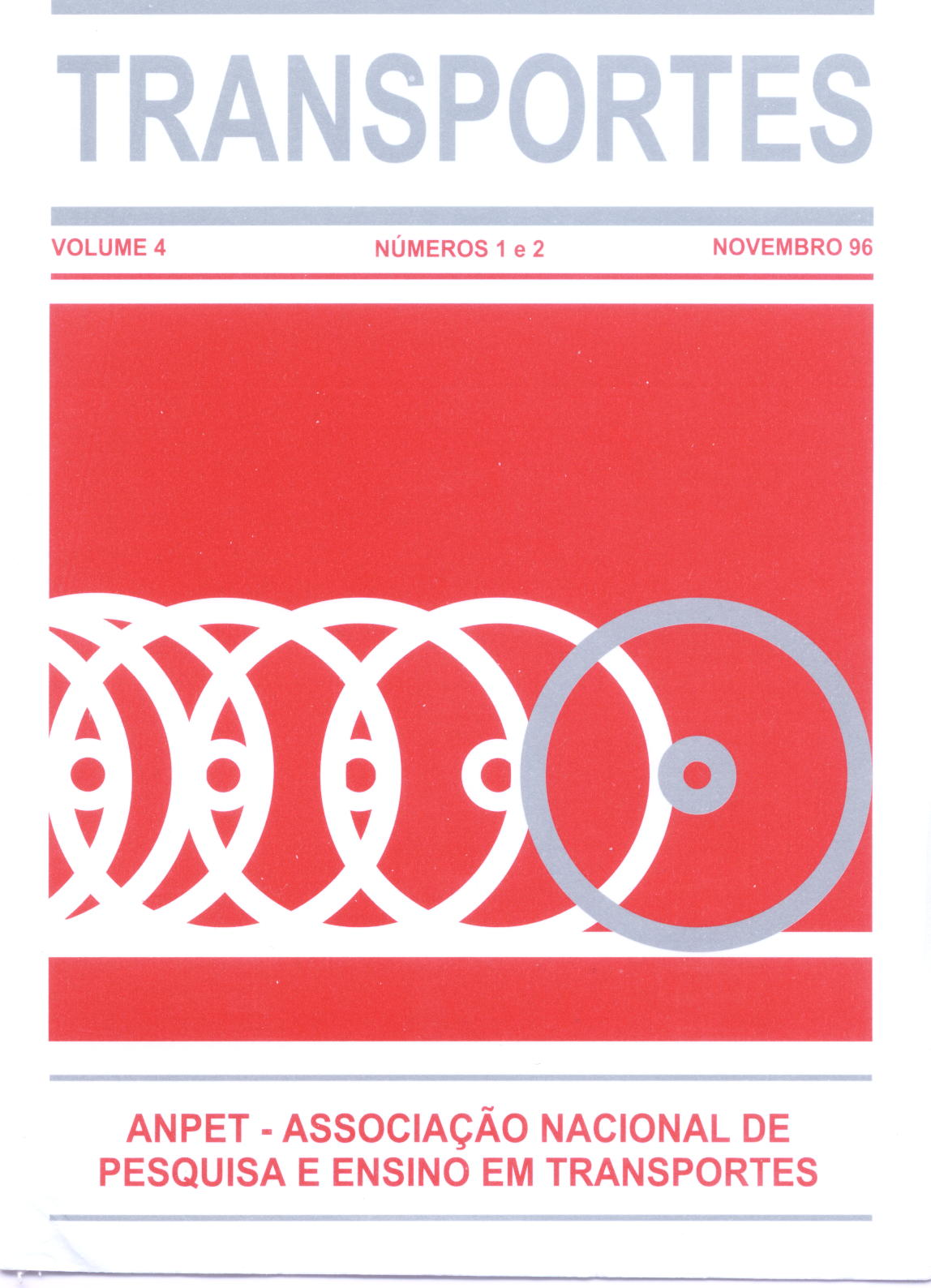TRANSPORTATION PLANNING AND THE USE OF TRANSCAD
DOI:
https://doi.org/10.14295/transportes.v4i1.290Abstract
Transportation planning consists of a variety of activities that can be supported by Geographical Information Systems (GIS). This kind of system offers many functions that can be used for both spatial and transportation analyses. TransCAD is a GIS-package with specific transportation analysis tools. This package offers different functions for network analysis, transportation modeling, route analysis and traffic assignment. This paper describes the role of GIS for transportation planning which will be illustrated by several research projects. Special attention is given to the functions TransCAD offers for transportation analysis purposes. Three projects conducted by the Urban Planning Group of the Eindhoven University of Technology illustrate some of these functions in more detail. The projects concern the simulation of activity patterns, the evaluation of planning scenarios, and the simulation of parking behavior. Experiences from several research projects show that TransCAD is very useful for transportation planning activities. The open architecture that makes it possible to implement any self-made procedure in the TransCAD environment appears to be one of the most important characteristics of this software. Also the amount of network analyses such as shortest path finding and traffic assignment makes the package valuable. Still, improvements are desirable, for example a better structured users' manual, more advanced options for presentation and for modeling and statistical fitting of distribution. Some of these requests are implemented in the new Windows version of TransCAD 3.0.
Downloads
Downloads
Published
How to Cite
Issue
Section
License
Authors who submit papers for publication by TRANSPORTES agree to the following terms:
- The authors retain the copyright and grant Transportes the right of first publication of the manuscript, without any financial charge, and waive any other remuneration for its publication by ANPET.
- Upon publication by Transportes, the manuscript is automatically licensed under the Creative Commons License CC BY 4.0 license. This license permits the work to be shared with proper attribution to the authors and its original publication in this journal, and to be adapted for non-commercial purposes, provided appropriate credit is given and any derivative works are distributed under the same terms.
- Authors are authorized to enter into additional separate contracts for the non-exclusive distribution of the version of the manuscript published in this journal (e.g., publishing in an institutional repository or as a book chapter), with recognition of the initial publication in this journal, provided that such a contract does not imply an endorsement of the content of the manuscript or the new medium by ANPET.
- Authors are permitted and encouraged to publish and distribute their work online (e.g., in institutional repositories or on their personal websites) after the editorial process is complete. As Transportes provides open access to all published issues, authors are encouraged to use links to the DOI of their article in these cases.
- Authors guarantee that they have obtained the necessary authorization from their employers for the transfer of rights under this agreement, if these employers hold any copyright over the manuscript. Additionally, authors assume all responsibility for any copyright infringements by these employers, releasing ANPET and Transportes from any responsibility in this regard.
- Authors assume full responsibility for the content of the manuscript, including the necessary and appropriate authorizations for the disclosure of collected data and obtained results, releasing ANPET and Transportes from any responsibility in this regard.









